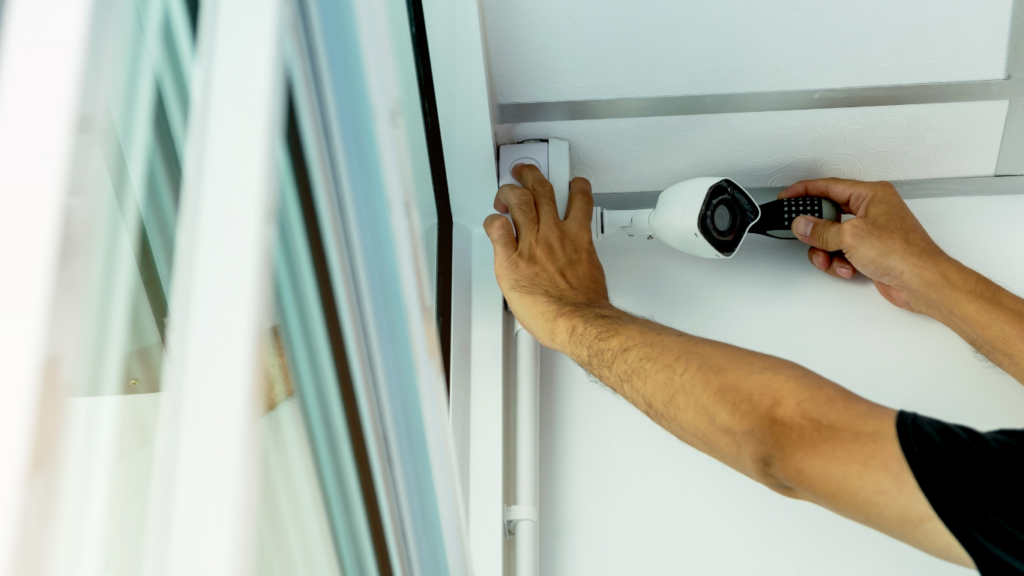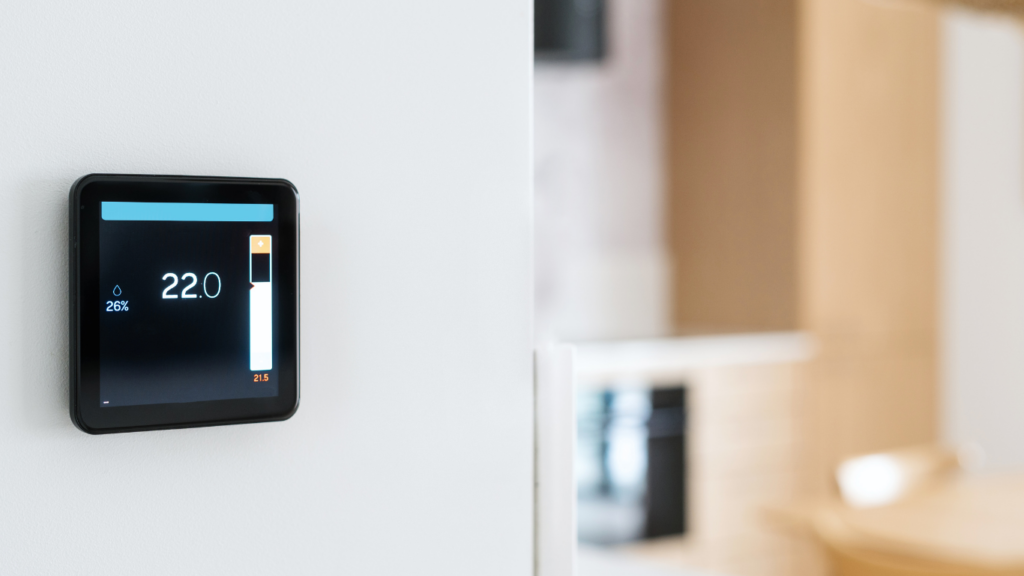Understanding Smart Home Technology
Smart home technology consists of connected devices that streamline tasks, enhance security, and improve comfort. These devices communicate through internet-based protocols, allowing remote control and automation. Industry standards like Wi-Fi, Zigbee, and Z-Wave ensure compatibility across different brands and systems.
Key Components of a Smart Home
- Smart Hubs: Central devices like Amazon Echo or Google Home control other smart gadgets.
- Smart Lighting: Systems such as Philips Hue allow for customizable lighting scenarios.
- Smart Thermostats: Devices like Nest Learning Thermostat help regulate temperature efficiently.
- Smart Security: Includes cameras (e.g., Ring), locks (e.g., August), and alarm systems.
- Smart Appliances: Refrigerators, ovens, and washing machines that offer advanced features.
How Devices Communicate
Smart devices typically use specific communication protocols:
- Wi-Fi: High data transmission, suitable for cameras and streaming devices.
- Zigbee and Z-Wave: Low power consumption; ideal for sensors and small gadgets.
- Bluetooth: Short-range, often used for personal devices and small home setups.
Integration and Automation
Home automation platforms, such as Apple HomeKit or Samsung SmartThings, integrate various devices. With these platforms, I can create routines, like turning off lights when I leave the house or setting the thermostat to adjust before arrival.
By focusing on these core components and understanding their communication methods, transforming a villa into a smart home becomes manageable and effective.
Assessing Your Current Villa Setup

Before diving into smart home technology, it’s essential to assess your villa’s current setup. This assessment helps identify any necessary upgrades.
Electrical Infrastructure
Evaluate the electrical wiring in your villa. Outdated or faulty wiring can impede smart device performance. Ensure your wiring can handle the load of multiple devices. Check for adequate power outlets. Smart devices often need dedicated outlets for optimal functionality. Consider installing additional outlets if necessary. Examine your villa’s circuit breakers. Ensure they can handle the increased load, especially in older homes. Upgrading to a modern breaker could be beneficial.
Internet Connectivity
Assess your villa’s internet speed and coverage. High-speed internet is vital for smart home devices. Test the current speed to ensure it meets the requirements. Consider Wi-Fi dead zones. Smart devices need consistent connections. Use Wi-Fi extenders or mesh systems to enhance coverage. Review your internet plan. Ensure it supports multiple connected devices simultaneously. Upgrade if your current plan is insufficient.
Key Areas to Automate First
When transforming your villa into a smart home, it’s critical to focus on areas that offer the most significant impact.
Home Security
Automating home security offers peace of mind and enhanced protection. Smart security systems include surveillance cameras, motion sensors, and door/window sensors. Surveillance cameras, installed at entry points, provide real-time video access. Motion sensors, placed in hallways or living rooms, detect unusual movements and send alerts. Door/window sensors, mounted on frames, notify you of any unauthorized entry.
Climate Control
Smart climate control improves comfort and energy efficiency. Smart thermostats, connected to HVAC systems, let you set and adjust temperatures remotely. These devices learn your schedule and preferences, optimizing heating and cooling. Integrating smart vents and sensors, placed in different zones, ensures even temperature distribution.
Lighting Systems
Automating lighting systems enhances ambiance and convenience. Smart bulbs, installed in fixtures, can change colors and brightness levels. Motion-activated lights, placed in corridors or outside areas, turn on automatically when someone passes by. Smart switches, replacing traditional ones, allow control through mobile apps.
Choosing the Right Smart Home Devices
Selecting the appropriate smart home devices is crucial to effectively transform your villa. Focusing on compatibility, integration, and budget makes this process smoother.
Compatibility and Integration
Ensure devices are compatible with your villa’s existing systems. For instance, check if your chosen smart thermostat works with your HVAC system. Confirm integration with popular platforms like Apple HomeKit or Samsung SmartThings for a unified control experience. Use devices supporting multiple communication protocols (e.g., Zigbee, Z-Wave, Wi-Fi) to avoid connectivity issues and ensure seamless interaction with other devices.
Budget Considerations
Balance features and costs to stay within your budget. Start with essential devices like smart locks and security cameras, which offer immediate benefits. Gradually add more devices based on necessity and available funds. Consider long-term savings from energy-efficient devices like smart thermostats or lighting systems, which reduce electricity bills while enhancing convenience. Evaluate devices’ initial costs and potential savings to make informed financial decisions.
Installation and Setup
Transforming a villa into a smart home involves several installation and setup processes. Key considerations include whether to opt for professional installation or a DIY approach and understanding common setup mistakes to avoid.
Professional vs DIY Installation
Choosing between professional and DIY installation depends on various factors, including complexity and budget. Professional installation ensures that devices like smart security systems and climate control units are set up correctly. Certified installers have the expertise to handle complex integrations, reducing the risk of malfunctions. However, this option is generally more expensive.
In contrast, DIY installation can offer substantial cost savings. Many smart home devices come with user-friendly instructions and online tutorials. DIY setups work well for straightforward devices such as smart lights and thermostats. If users feel confident with technology and minor electrical work, DIY can be a viable option. However, it may require more time and effort to achieve optimal performance.
Common Setup Mistakes to Avoid
During the setup process, several common mistakes can lead to suboptimal performance or issues. First, failing to check device compatibility before purchase can lead to integration problems. Ensure devices are compatible with existing systems and each other to avoid functionality issues.
Second, overlooking network requirements can cause connectivity problems. Ensure the Wi-Fi network is robust enough to support all devices, especially those requiring constant connections like security cameras. Weak signals can significantly affect performance.
Third, inadequate device placement often hampers effectiveness. For instance, placing smart speakers far from activity zones reduces their usability. Strategically place devices to maximize their utility and ensure they serve their intended purpose efficiently.
Lastly, neglecting to update firmware can compromise security and performance. Regularly check for software updates to keep devices secure and functioning optimally. Following these guidelines ensures a smoother setup process and a more efficient smart home environment.
Maintaining and Upgrading Your Smart Home
Once your villa is transformed into a smart home, upkeep and expansion ensure it remains efficient and secure.
Regular Updates
Firmware updates provide enhanced security features and improved device performance. I regularly check and update device firmware to protect against vulnerabilities. Many smart home hubs and apps offer automatic updates, which simplifies the process and ensures my devices are always current.
Expanding Your System
Expanding the smart home system increases functionality and convenience. I consider adding devices gradually, starting with smart speakers, thermostats, or smart blinds, based on necessity and budget. Evaluating new components for compatibility with the existing system maintains seamless integration. For financial tracking, maintaining a log of devices and their costs helps manage and prioritize future upgrades. Regularly reviewing the market for new technologies can also offer insights into the latest advancements and more efficient solutions.

 Ron Wilson has played a vital role in the establishment of Villa Estates Luxe, bringing his expertise in property management and investment strategies to the project. His guidance has been invaluable in developing comprehensive buying guides that empower potential villa owners to make informed decisions in a competitive market. Ron's in-depth knowledge of market dynamics has informed the platform's analysis and reporting, allowing users to navigate complex real estate trends with confidence. His commitment to excellence and dedication to educating clients have not only enhanced the platform’s credibility but have also established Villa Estates Luxe as a go-to source for industry insights and investment strategies in the luxury villa sector.
Ron Wilson has played a vital role in the establishment of Villa Estates Luxe, bringing his expertise in property management and investment strategies to the project. His guidance has been invaluable in developing comprehensive buying guides that empower potential villa owners to make informed decisions in a competitive market. Ron's in-depth knowledge of market dynamics has informed the platform's analysis and reporting, allowing users to navigate complex real estate trends with confidence. His commitment to excellence and dedication to educating clients have not only enhanced the platform’s credibility but have also established Villa Estates Luxe as a go-to source for industry insights and investment strategies in the luxury villa sector.